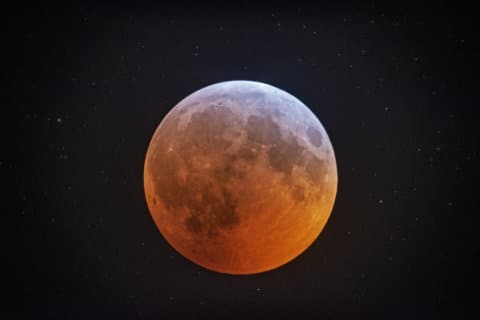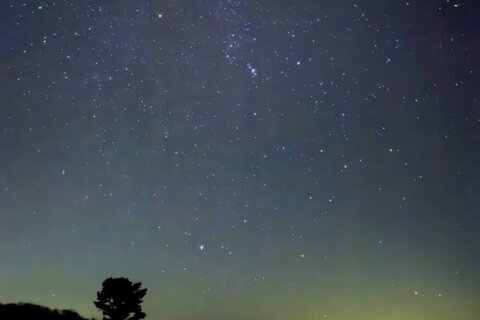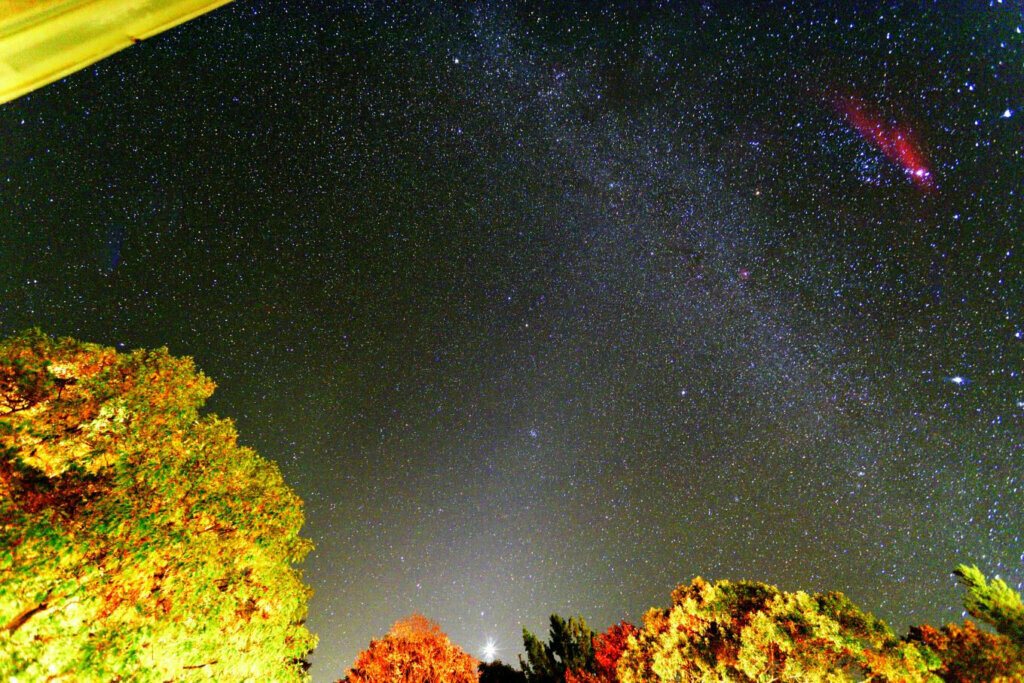
Fall officially arrives Tuesday, Sept. 22 at 9:31 a.m. Eastern. Astronomically speaking, this is the date and time of the autumnal equinox, the precise moment when the sun is seen directly overhead at noon at the Earth’s equator.
Both the Northern and Southern hemispheres will have almost equal amounts of daylight and night, as the sun rises due east and sets due west everywhere on the planet except for the poles. Seen from space, the Earth is equally illuminated by the sun. All of this is repeated during the vernal equinox, which marks the arrival of spring in the Northern Hemisphere around March 21.
The Earth’s seasons — fall, winter, spring and summer — are caused by the Earth’s orbit around the sun and the 23-and-a-half-degree tilt of Earth’s axis. This causes the amount of sunlight falling on the Earth’s Northern and Southern hemispheres to constantly change. The two hemispheres are always opposite in their seasons: Our fall is their spring, while our summer is their winter.
If you are outside at sunrise on Tuesday, take note of where the sun rises: due east. Every morning at sunrise after the autumnal equinox, you will notice that the sun is moving a little bit to the right, or toward the south at sunrise.
This will continue until the sun reaches a point on the horizon that marks its farthest point south, which marks the winter solstice — the first day of winter and day with the shortest amount of daylight. At that point, the sun will start to move to the left, or north, on the horizon, and the amount of sunlight will increase until around June 21 — the summer solstice and the greatest amount of daylight for the year. Then the season cycle begins anew with the sun heading south on the horizon.
If you plan on going out to see the sunrise, do so while it is still somewhat dark, so you can see beautiful and bright Venus in the east. In the southeast, mighty Orion the Hunter and other winter constellations are easily visible.
The Zodiacal Light is also visible now in the east hours before sunrise. You will need a dark sky site, such as Shenandoah National Park, and the moon out of the sky to see the alluring Zodiacal Light. If you plan on going to the national park, you can get updates on the fall colors on its website.
The arrival of fall means that the sun is getting lower in the sky each day at noon; and the nights are growing longer and cooler. The trees will soon begin to take on the beautiful colors of fall, and the air will have that wonderful “earthy” smell that can only happen at this time of year.
The longer nights allow you to better enjoy the night sky, too. After sunset, three planets await your gaze. In the south, bright Jupiter can be easily viewed with dimmer Saturn just to its left. The planetary duo remain visible until they set hours later in the southwest.
The very bright and orangish-colored Mars dominates the skies in the east at about 9 p.m. — you can’t miss it. On Sept. 29, it will be the second-brightest object in the night sky after the moon. Earth and Mars are approaching one another and will be at their closest Oct. 6.
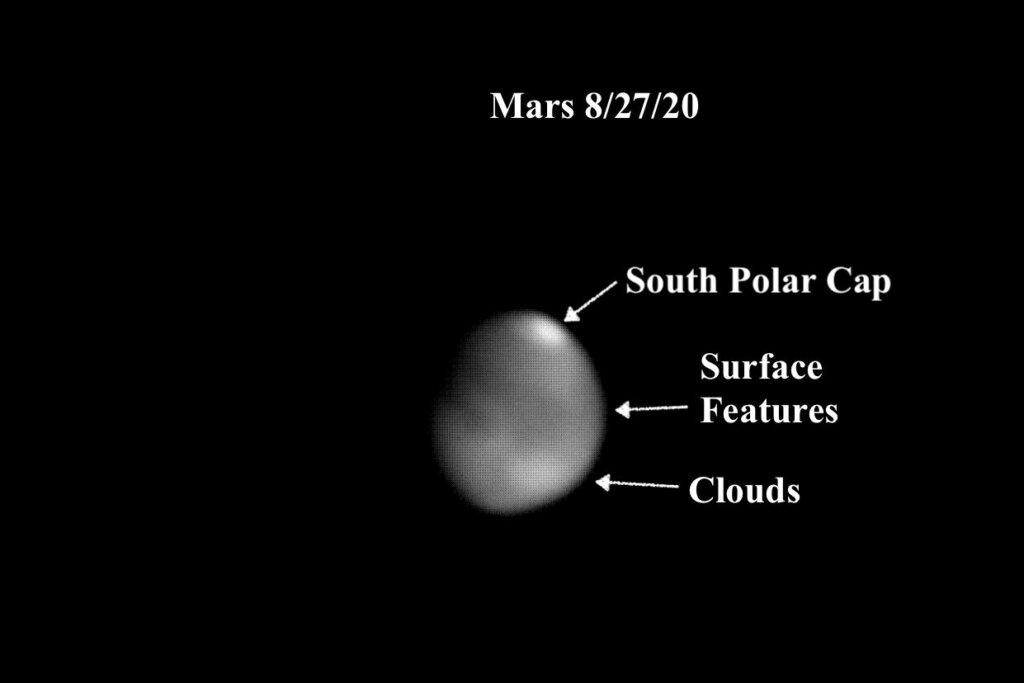
Mars will be directly opposite the sun on Oct. 13, will rise at sunset in the east and be visible all night. In amateur telescopes, Mars is quite the view, as you can see in my photograph taken with my telescope.
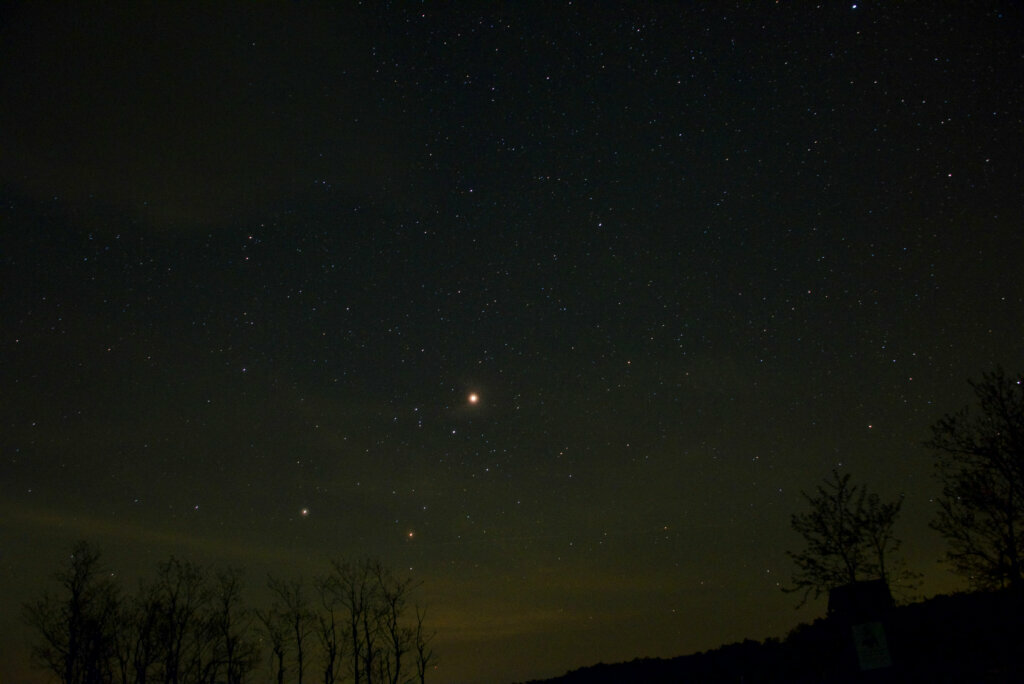
If you love the Moon, be sure to check out International Observe the Moon Night, or IOMN, on Saturday. Look for a live or virtual event in which you can participate. IOMN is held every year at various times to celebrate Earth’s celestial companion.
Enjoy the clean, crisp air of fall and the lengthening nights. Breathe deep while you gaze skyward to see the stars. You’ll be glad you did.
Follow me on Twitter and my daily blog to keep up with the latest news in astronomy and space exploration. You can email me at skyguyinva@gmail.com.

